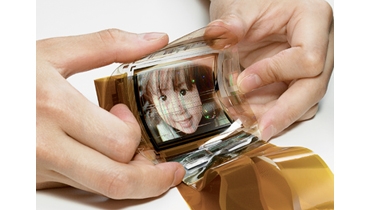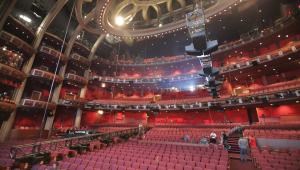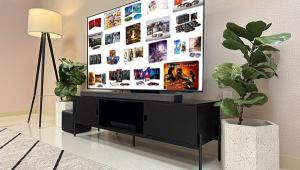Tech Trends '09: Screen Dreams Page 2

BETTER, FASTER, GREENER
For many years, the performance of LCD TVs trailed that of plasma sets. But the recent addition of LED backlights and local-dimming processing on high-end LCD models has finally made them a serious option for fussy videophiles. You can expect to see many LED-backed LCDs with local dimming arrive in stores during 2009. Most notably, Toshiba will ship its 46- and 55-inch SV670 series sets in May - the first LED models we've seen from that company. LG will also roll out 42-, 47-, and 55-inch models around the same time, while Vizio plans to push its 55-inch VF551XVT into the ring in June. Priced at a mere $1,999, Vizio's offering could very well mean an end to the high prices that set makers have previously charged for these premium models.
Although nothing concrete has been announced yet, Samsung has hinted it will release new LED-backlit models with local dimming in late 2009. Around the same time, Italian manufacturer Sim2 expects to roll out a high-end (and most likely high-priced) 47-inch model (shown above) with Dolby Vision, which is Dolby's own take on LED-backlight technology. With 16-bit processing and discrete control over each lamp in the set's full 2,206-LED array, Sim2 and Dolby expect this TV to be a statement piece. And talk about statement! Check out the specified contrast ratio for the Dolby Vision-enabled LCD: Infinite.
The LCDs with LED backlights that Samsung did introduce at the 2009 CES take a different approach in that they forego a full LED array for edge lighting. (Lamps positioned at the screen's edge combine with a reflective back panel as an illumination source.) The most apparent benefit to this "edge-lit" design is that it enables Samsung to slim down the sets. The screens of these forthcoming LCDs are only 1 inch deep (see the photos on page 38). And for its B6000-series models, the company also claims 40% lower power consumption over standard models. Expect to see the edge-lit LED LCDs in Samsung's LN-B6000, LN-B7000, and LN-B8000 series arrive by early summer.
Last year, the buzzword for LCD TVs was 120 Hz. This year, that number of cycles has doubled to 240. Of course, we're talking about screen-refresh rates here. By speeding up the rate at which successive video frames are flashed across the screen, LCD makers can reduce the level of blur in fast-moving images. Sony's KDL-52XBR7, which came out in fall 2008, was the first 240-Hz LCD to hit the market. The company plans to follow up this spring with a line of XBR9-series 240-Hz sets in 40-, 46-, and 52-inch screen sizes. Not to be left behind in the LCD speed trials, LG, Samsung, Toshiba, and Vizio will all ship 240-Hz models in 2009.
It should be noted that not all 240-Hz LCDs use the same technology to hit their high screen-refresh rate. LG, Vizio, and Toshiba use a scanning method where the backlight is sequentially switched on and off, while the Sony and Samsung models interpolate additional frames from existing ones in the video source. Whether or not a 240-Hz display offers an improvement over current 120-Hz models is something we plan to weigh in on once a set arrives for testing.
LCD TV companies are heavily trumpeting the "green" benefits of sets they plan to release in 2009, virtually all of which meet Energy Star 3.0 specifications. One part of the story involves lower standby-mode power consumption. Another is the Eco settings that makers are now incorporating into TVs. Such settings generally use sensors to read ambient light in a room, automatically adjusting backlight output to a suitable level.
Plasma's green status, on the other hand, has traditionally been akin to that of energy-slurping products like GM's Hummer. But Panasonic means to change that with its Neo PDP plasma models. The company claims that these plasmas are 30% more efficient than previous models, requiring around one-third less power to deliver the same brightness. It plans to release three separate plasma-TV lines that incorporate Neo PDP, with the first models - the 42-, 46-, and 50-inch G10 series sets - arriving this spring.




























































